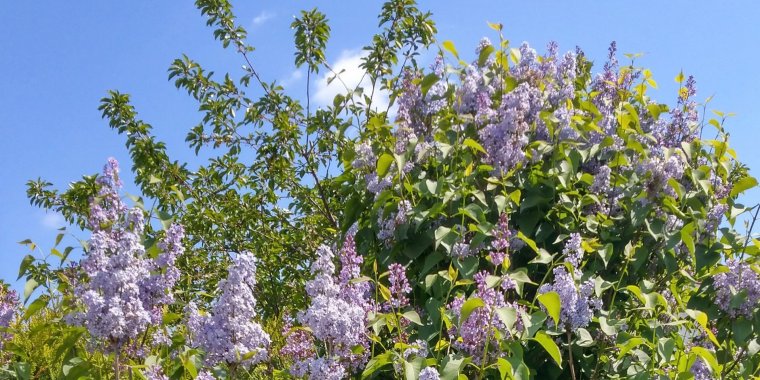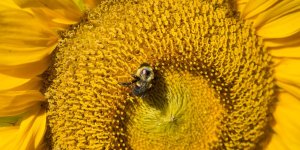| News / Science News |
Red tulips, pink magnolias, purple lilacs: How do plants create all that color?
Spring is in full bloom, from red tulips to pink magnolias to purple lilacs. How do plants create all that color? The hues that attract pollinators and provide beautiful bouquets begin with the formation of pigments known as anthocyanins.

Spring is in full bloom. How do plants create all that color? Photo: Gh. Mănoiu / tititudorancea.com
Anthocyanins are part of a plant's communication and protection plan. Synthesized by specialized metabolic pathways, they filter harmful radiation and corral cell-damaging free radicals.
Scientists know a lot about how anthocyanins are assembled in plants' central metabolism, but very little about the final leg in their metabolic journey to the vacuole (a membrane-bound organelle that is present in all plant and fungal cells), where they finally reveal their true colors.
Erich Grotewold, a biochemist and molecular biologist at Michigan State University, and his colleagues designed experiments to test the hypothesis that an enzyme from the glutathione S-transferase (GST) family protects anthocyanins during their journey to the vacuole.
"The role of the GST in the formation of anthocyanin pigments has remained very elusive," Grotewold said. "There is good evidence that what they are doing is not chemically modifying the pigment, but binding to the pigments and helping them move to the vacuole without being degraded."
During the study, the scientists noted a connection between the central and specialized metabolism of the model plant Arabidopsis thaliana that may lead to a new understanding of how these aspects of plant metabolism coordinate. (National Science Foundation)
YOU MAY ALSO LIKE





